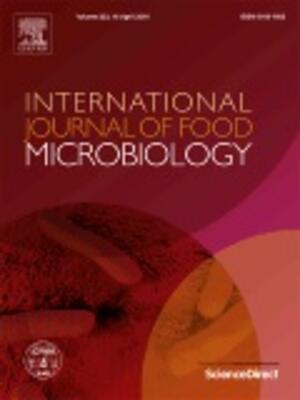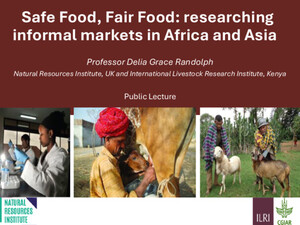
Quantitative analysis of knowledge, attitude and practice of workers in chicken slaughter slabs toward food safety and hygiene in Ouagadougou, Burkina Faso
Abstract
Introduction: In low- and middle-income countries, chicken serves as a cheap source of protein and an income source for many households. It is particularly important in the capital, Ouagadougou, Burkina Faso, where chicken is regularly consumed. However, hygiene standards are very low, posing a significant public health risk.
Methods: To better understand the food safety situation, we conducted a cross-sectional survey of the hygienic practices of 155 randomly selected chicken slaughter outlets and carcass shops with a semi-structured questionnaire.
Results and discussion: Of the outlets visited, 59% are not licensed, and 63% are not regularly inspected, operating in the dominant, largely unregulated informal sector. More than 80% of the chickens are sourced from village production systems, but around 6% of the birds die during transport. The monetary loss due to chicken death during transportation is around four million USD annually. Market hygiene is poor; 86% of the holding pens have no hard floor and are not washed regularly. Almost all (92%) chickens are slaughtered on bare earth floors; bleeding, plucking, and evisceration are done on a wooden table that is rarely washed. On average, the same scalding water is used for 33 birds, seven scalded at a time. Most respondents (49%) thought that plucking and evisceration were the major cause of contamination of carcasses with foodborne pathogens. Most operators only washed their hands and knives with tap water at the beginning of the slaughtering process. Some shops use refrigerators and freezers to store carcasses before selling. However, they store carcasses with other foods like fish, beef and vegetables, facilitating further cross-contamination. There were rats (26%), cats (39%) and dogs (30%) present at outlets, roaming for food, especially roadside outlets. Training schemes on hygienic food handling practices were favoured by outlets as an approach to improve matters; however, improvements in food safety will be limited without significant upgrades in infrastructure and facilities. Slaughter slabs need a standard house with stable energy, adequate airflow, clean water, toilets, detergents and freezers. Also, they need equipment like knives, tables and dishes made of high-quality, easy-to-clean materials.
Citation
Assefa, A., Dione, M., Ilboudo, G., Lallogo, V., Gemeda, B.A., Grace, D. and Knight-Jones, T.J.D. 2023. Quantitative analysis of knowledge, attitude and practice of workers in chicken slaughter slabs toward food safety and hygiene in Ouagadougou, Burkina Faso. Frontiers in Sustainable Food Systems 6: 1091209.









